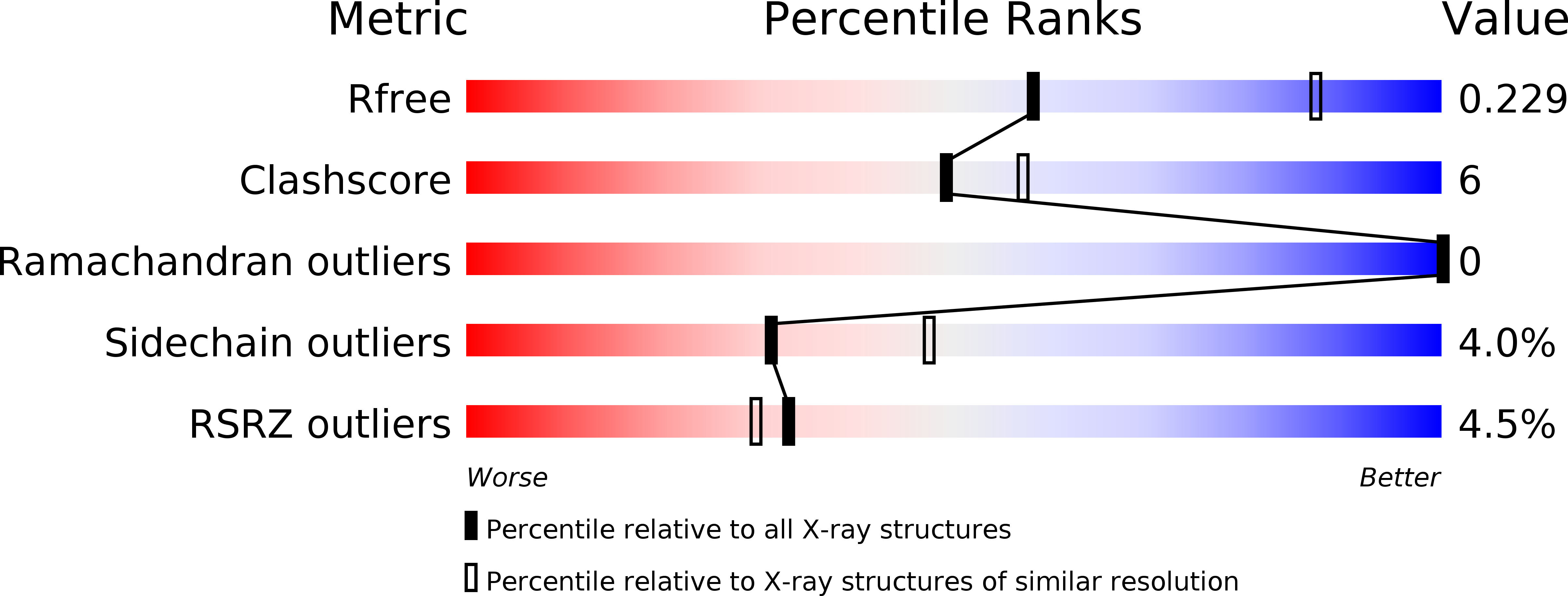
Deposition Date
2015-02-20
Release Date
2015-04-22
Last Version Date
2024-01-10
Entry Detail
PDB ID:
5AJA
Keywords:
Title:
Crystal structure of mandrill SAMHD1 (amino acid residues 1-114) bound to Vpx isolated from mandrill and human DCAF1 (amino acid residues 1058-1396)
Biological Source:
Source Organism:
HOMO SAPIENS (Taxon ID: 9606)
SIMIAN IMMUNODEFICIENCY VIRUS (Taxon ID: 11723)
MANDRILLUS SPHINX (Taxon ID: 9561)
SIMIAN IMMUNODEFICIENCY VIRUS (Taxon ID: 11723)
MANDRILLUS SPHINX (Taxon ID: 9561)
Host Organism:
Method Details:
Experimental Method:
Resolution:
2.65 Å
R-Value Free:
0.22
R-Value Work:
0.17
R-Value Observed:
0.17
Space Group:
P 65 2 2


